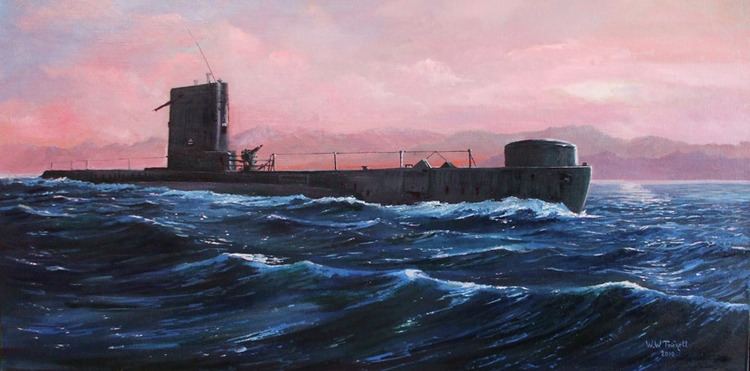Name Andrew Commissioned 16 March 1948 Launched 6 April 1946 Draft 5.51 m | Laid down 13 August 1945 Construction started 13 August 1945 Length 89 m Builder Vickers-Armstrongs | |
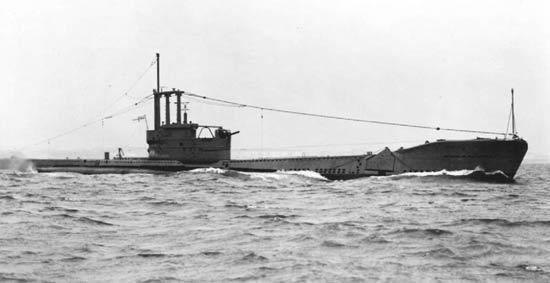 | ||
Displacement 1,360/1,590 tons (surface/submerged) | ||
HMS Andrew (P423), was an Amphion-class submarine of the Royal Navy, built by Vickers Armstrong and launched on 6 April 1946.
Contents
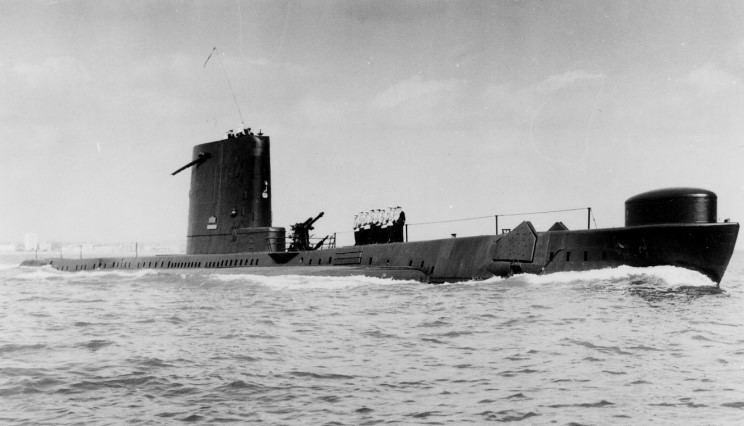
The submarine was fitted with a 4-inch (102 mm) deck gun in 1964 for service during the Indonesia–Malaysia confrontation to counter blockade-running junks. The gun was fired for the last time in December 1974. She was sold off in 1977 and was broken up.
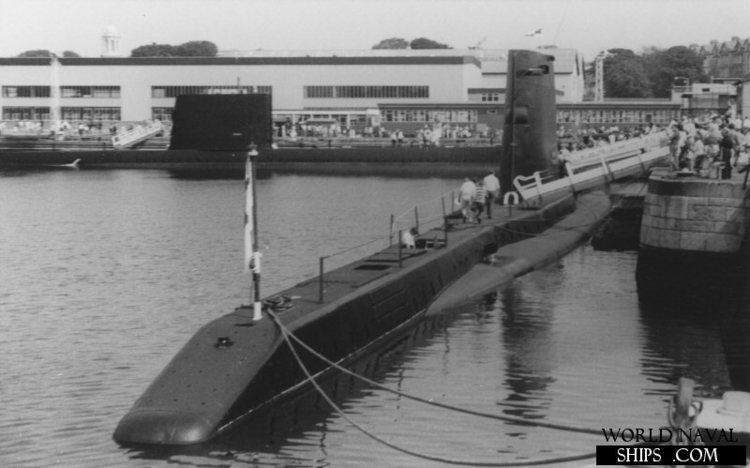
Andrew was briefly the oldest Amphion-class submarine to remain in service, was the last British submarine with a deck gun, was the last World War II-designed submarine in service, and was the first submarine to use a "snort" to cross the Atlantic (in May 1953).
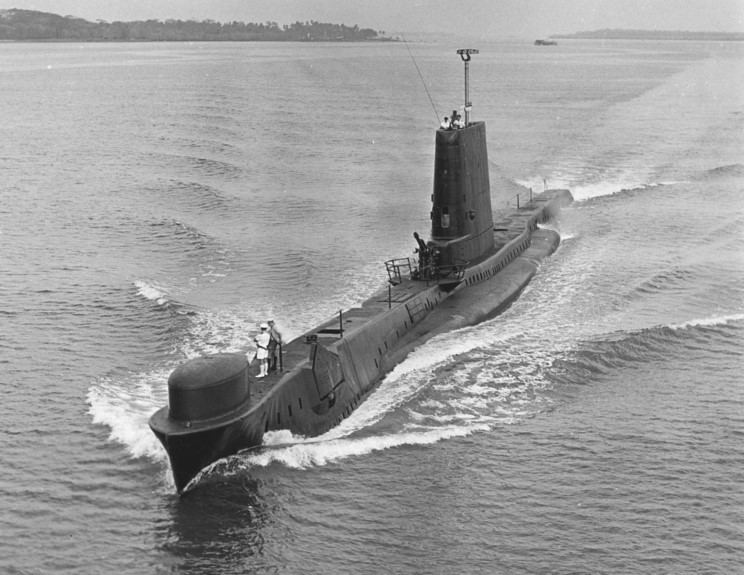
Design
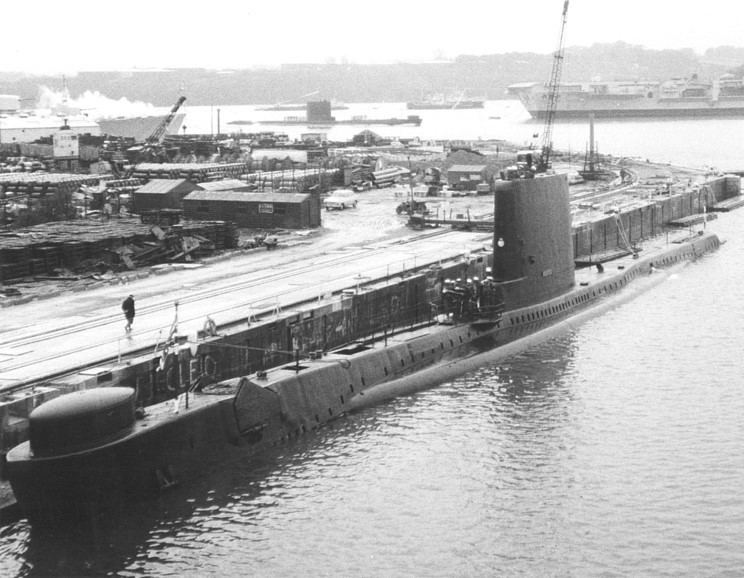
Like all Amphion-class submarines, Andrew had a displacement of 1,360 tonnes (1,500 short tons) when at the surface and 1,590 tonnes (1,750 short tons) while submerged. It had a total length of 293 feet 6 inches (89.46 m), a beam length of 22 feet 4 inches (6.81 m), and a draught length of 18 feet 1 inch (5.51 m). The submarine was powered by two Admiralty ML eight-cylinder diesel engines generating a power of 2,150 horsepower (1,600 kW) each. It also contained four electric motors each producing 625 horsepower (466 kW) that drove two shafts. It could carry a maximum of 219 tonnes (241 short tons) of diesel, although it usually carried between 159 and 165 tonnes (175 and 182 short tons).
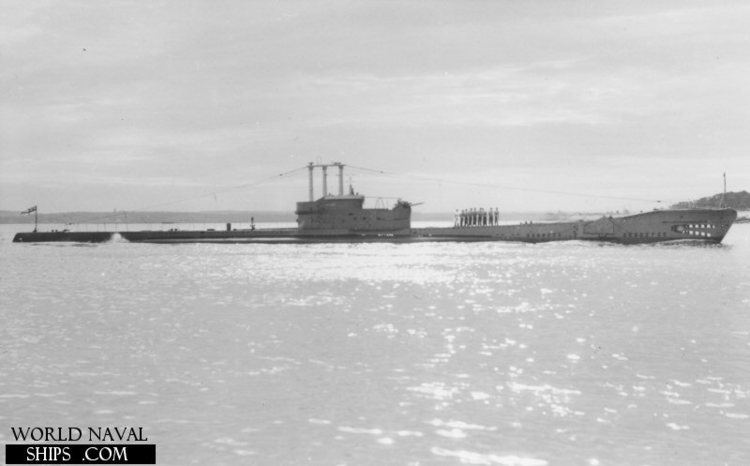
The submarine had a maximum surface speed of 18.5 knots (34.3 km/h; 21.3 mph) and a submerged speed of 8 knots (15 km/h; 9.2 mph). When submerged, it could operate at 3 knots (5.6 km/h; 3.5 mph) for 90 nautical miles (170 km; 100 mi) or at 8 knots (15 km/h; 9.2 mph) for 16 nautical miles (30 km; 18 mi). When surfaced, it was able to travel 15,200 nautical miles (28,200 km; 17,500 mi) at 10 knots (19 km/h; 12 mph) or 10,500 nautical miles (19,400 km; 12,100 mi) at 11 knots (20 km/h; 13 mph). Andrew was fitted with ten 21 inches (530 mm) torpedo tubes, one QF 4 inch naval gun Mk XXIII, one Oerlikon 20 mm cannon, and a .303 British Vickers machine gun. Its torpedo tubes were fitted to the bow and stern, and it could carry twenty torpedoes. Its complement was sixty-one crew members.
Service history
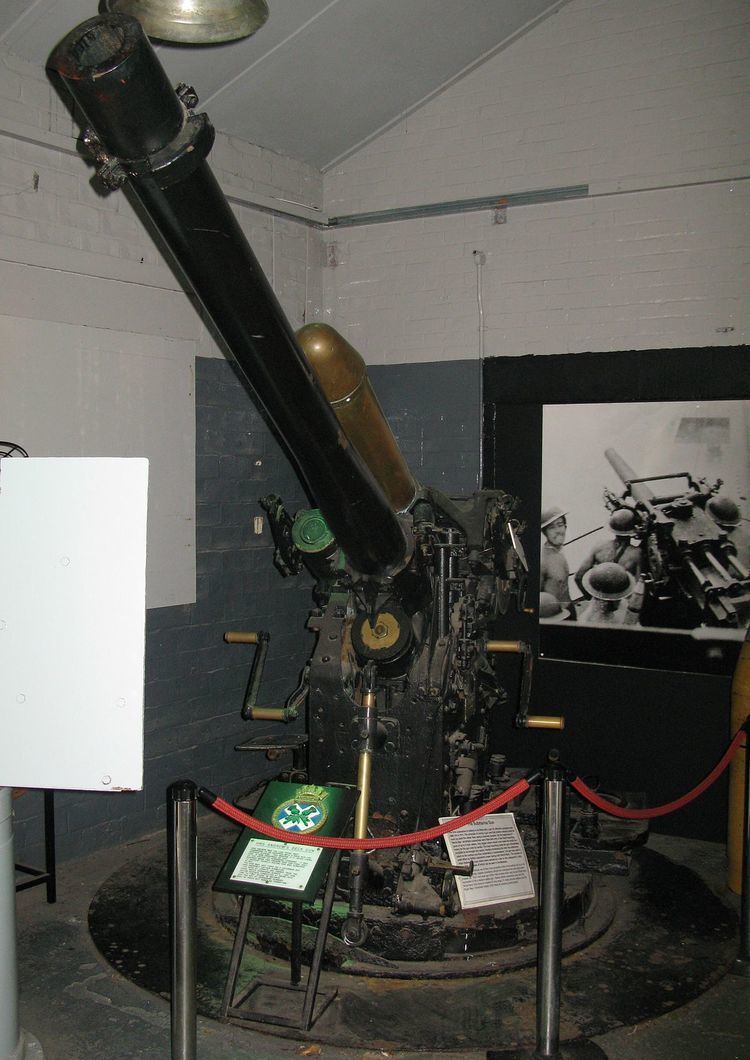
In September 1950 Andrew sailed to Canada for a three-month deployment training with the Royal Canadian Navy. In February 1953, Andrew deployed to Bermuda for training with the Royal Canadian Navy cruiser Quebec, destroyer Huron and minesweeper Portage. In June 1953, Andrew became the first submarine to cross the Atlantic submerged for the entire voyage, leaving Bermuda and arriving on 15 June in the English Channel. During the voyage a diesel engine was damaged and a periscope malfunctioned, however both were repaired while submerged. The submarine had been returning from its deployment with the Royal Canadian Navy.
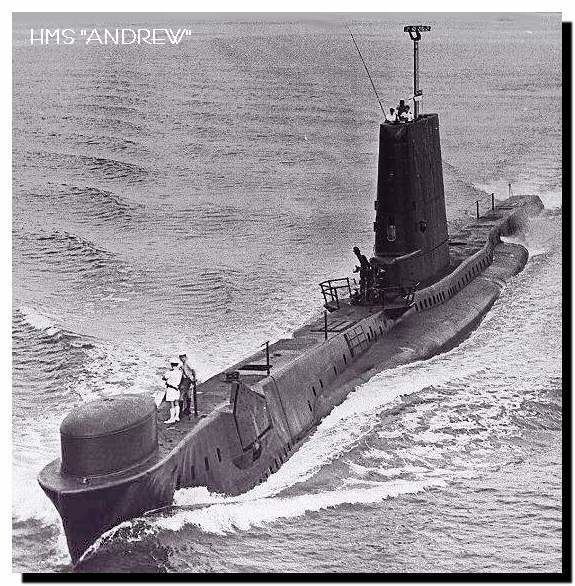
The submarine was used to portray the fictional nuclear-powered United States Navy submarine USS Sawfish in the 1959 Stanley Kramer film On the Beach.
Publications
